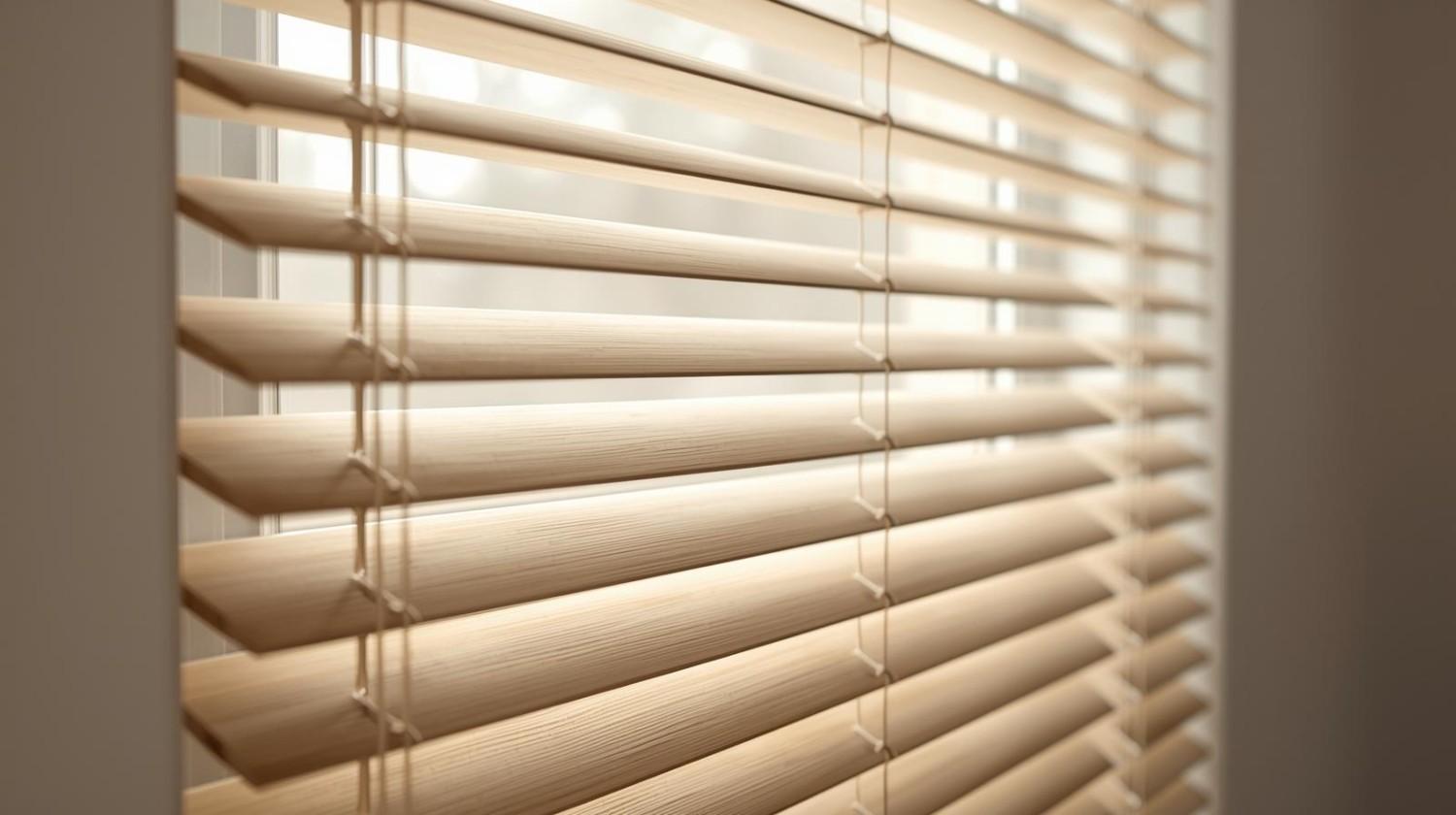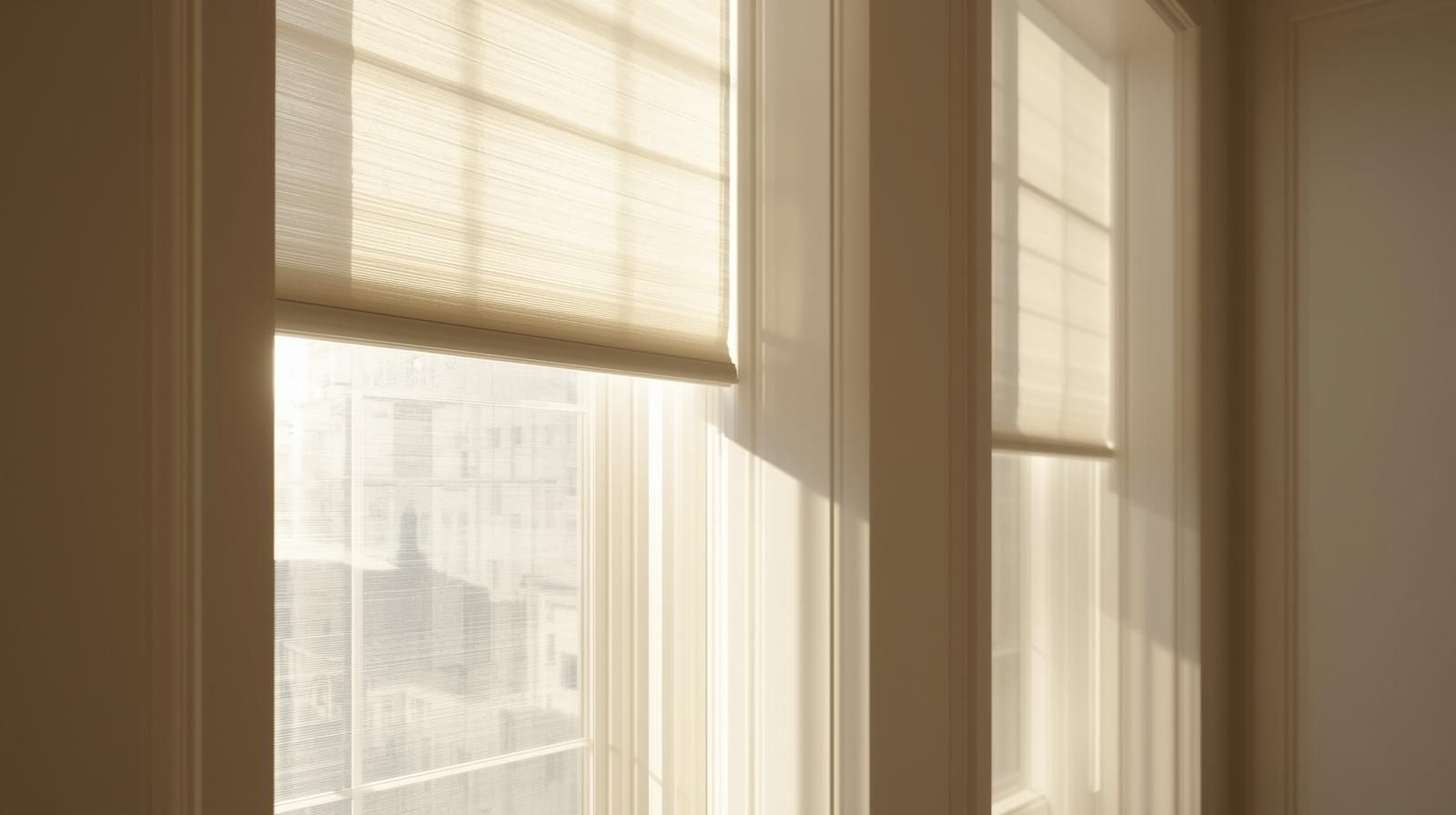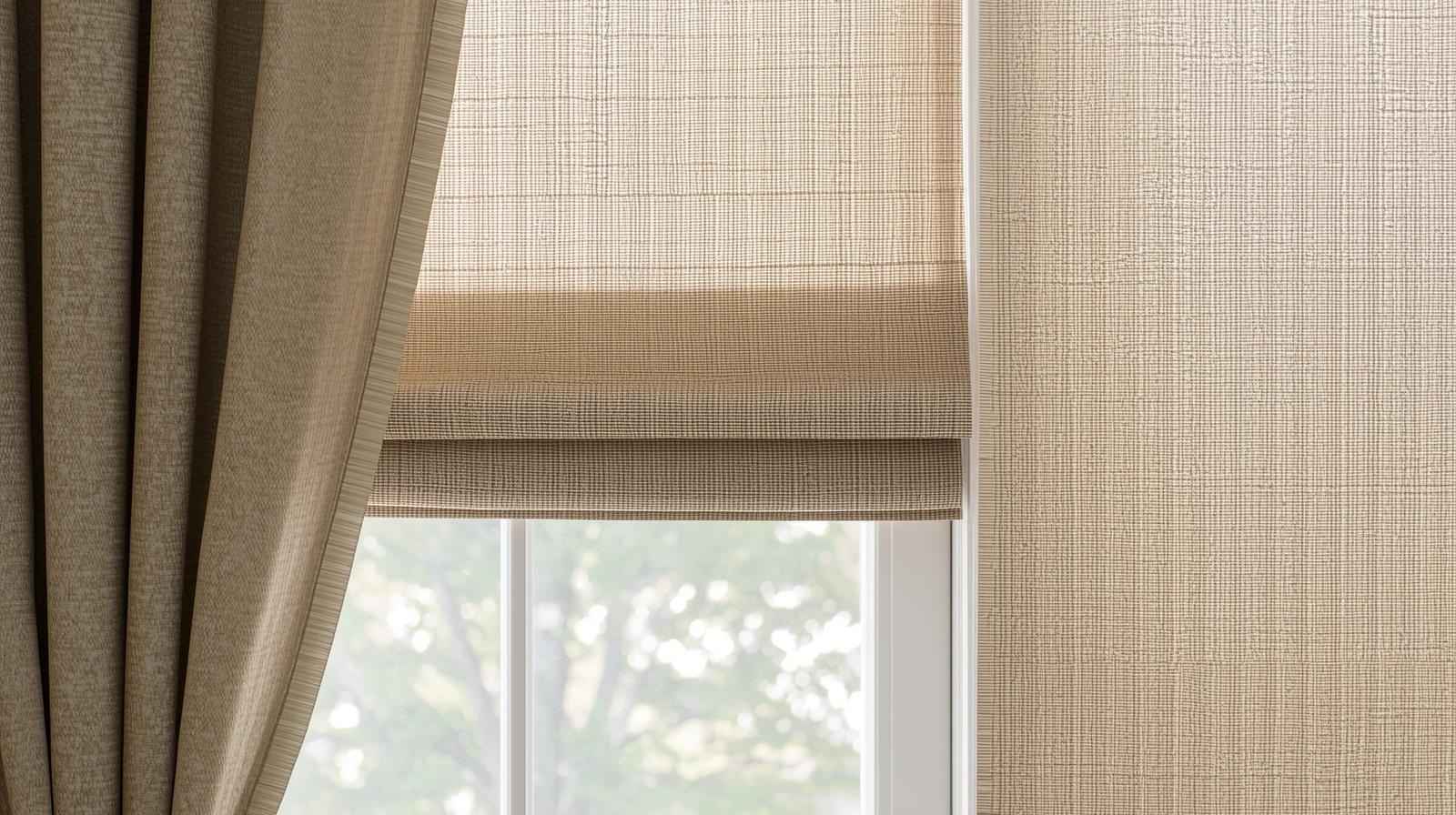Large windows can make a space feel open and welcoming, but the wrong window treatment can make them hard to manage. Many homeowners now consider cordless blinds as a safer, sleeker option. In fact, more than 65% of new window treatments sold in the U.S. are cordless, showing how quickly they’ve become the standard choice.
The difference between cordless and traditional blinds is simple: cordless designs remove the pull cord. Instead, they use hidden tension systems or spring-loaded mechanisms that let you raise or lower blinds with a gentle push or pull. Traditional blinds, on the other hand, rely on visible cords that dangle at the side of the window. Each option has advantages depending on budget, safety, and style.
How Cordless Blinds Work
Cordless blinds operate on balance and tension. A spring mechanism inside the headrail keeps the slats or shades in place. To adjust, you simply hold the bottom rail and guide it up or down. This smooth movement makes them easy to use, even on large windows.
Because there are no cords, cordless blinds provide a clean, uncluttered look. They are also safer for homes with children or pets since cords are a common hazard. Many modern window treatments now come standard in cordless versions, from roller shades to faux wood blinds.
How Traditional Blinds Work
Traditional blinds use cords to lift and tilt the slats. Pulling the cord raises or lowers the blinds, while tilting adjusts the angle of light. This system has been used for decades, making it familiar and affordable.
While functional, cords can tangle or wear out over time. They also create safety risks in family homes. For homeowners looking for affordable window treatments, traditional blinds remain popular, but many are upgrading to cordless versions for convenience and peace of mind.
Cordless vs. Traditional: Which Is Better?
Cordless blinds stand out for their sleek design, easy operation, and safety features. They are often seen as the best window treatments for modern homes, especially when paired with other window treatment ideas like layered curtains.
Traditional blinds, though less expensive, can look dated compared to cordless options. They may still appeal to those who prioritize affordability or prefer the classic look of cords. Both styles are available as custom window treatments, giving you flexibility to match your space.
Where Cordless Blinds Work Best
Cordless blinds are versatile enough for many spaces, but they shine in certain areas:
- Large living room windows: Their smooth operation works well on wide panes.
- Bedrooms: Pair with drapes window treatments for privacy and blackout control.
- Sliding doors: Cordless panels are among the most practical window treatments for sliding glass doors.
For unique spaces, such as curved window treatments or angled designs, a custom window treatment may be necessary. A window treatment store can provide tailored options that combine function with style.
Where to Find the Best Options
Searching “window treatments near me” is a simple way to find local stores that offer cordless blinds, curtains and window treatments, and other designs. In-store visits let you test functionality and explore fabrics. Online retailers often highlight affordable window treatments, while designer window treatments are usually showcased through specialty shops.
If you’re investing in larger or unique windows, consider custom window treatments from a local window treatment store. Professional installation ensures that cordless systems work smoothly and last longer.
Choosing the Right Window Treatment
When deciding between cordless and traditional blinds, think about your priorities. If safety, modern design, and ease of use matter most, cordless blinds are the smarter choice. If budget is the main concern, traditional blinds may still work.
Layering can give you the best of both worlds. Curtains and window treatments soften a room, while cordless blinds provide function. By combining different window treatment options, you can create a space that balances privacy, light control, and style.
Large or small, every window deserves the right treatment. Cordless blinds bring modern convenience, while traditional blinds keep costs low. The choice depends on your home’s needs—but either way, you’ll find a wide range of blinds and window treatments to fit your style.





